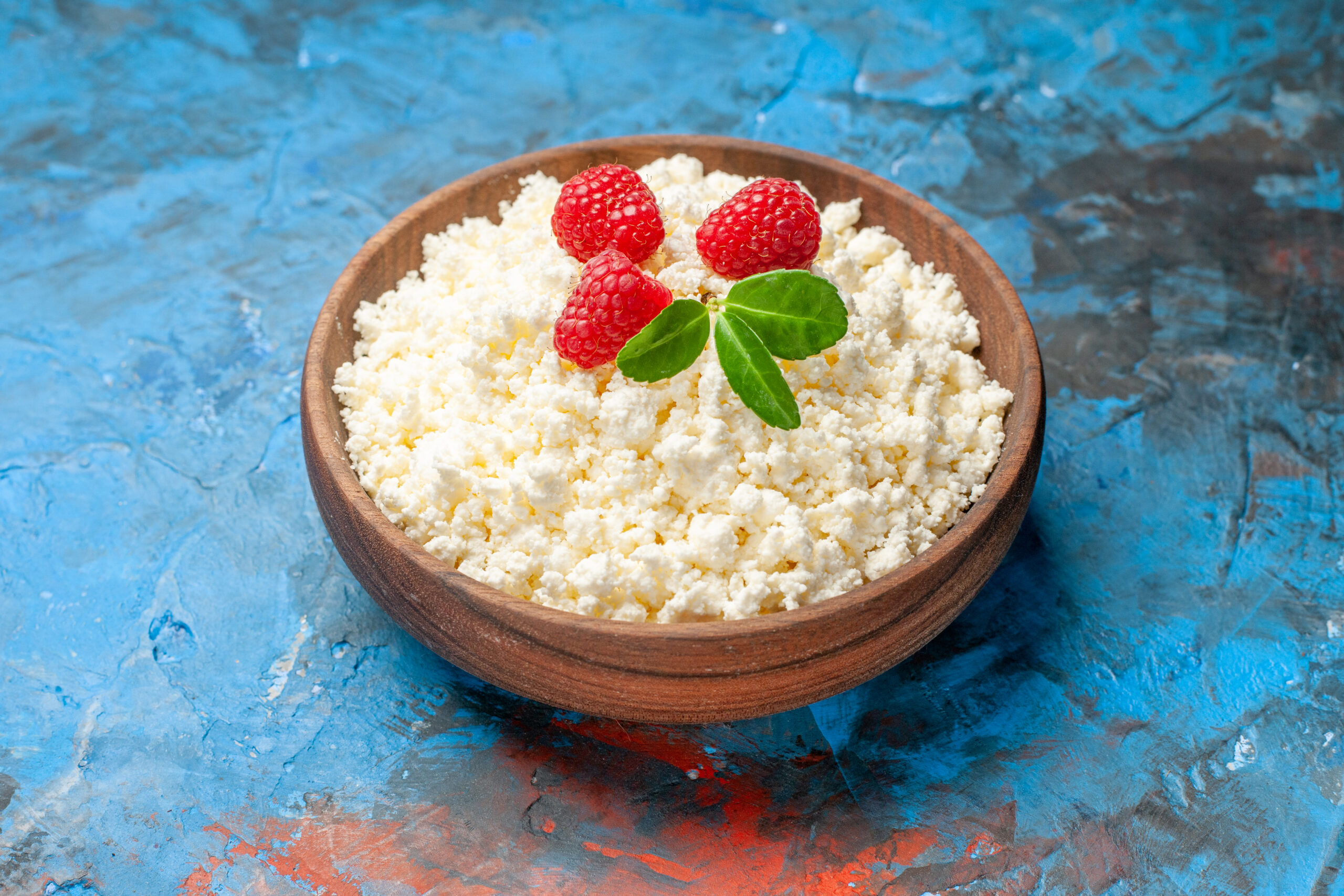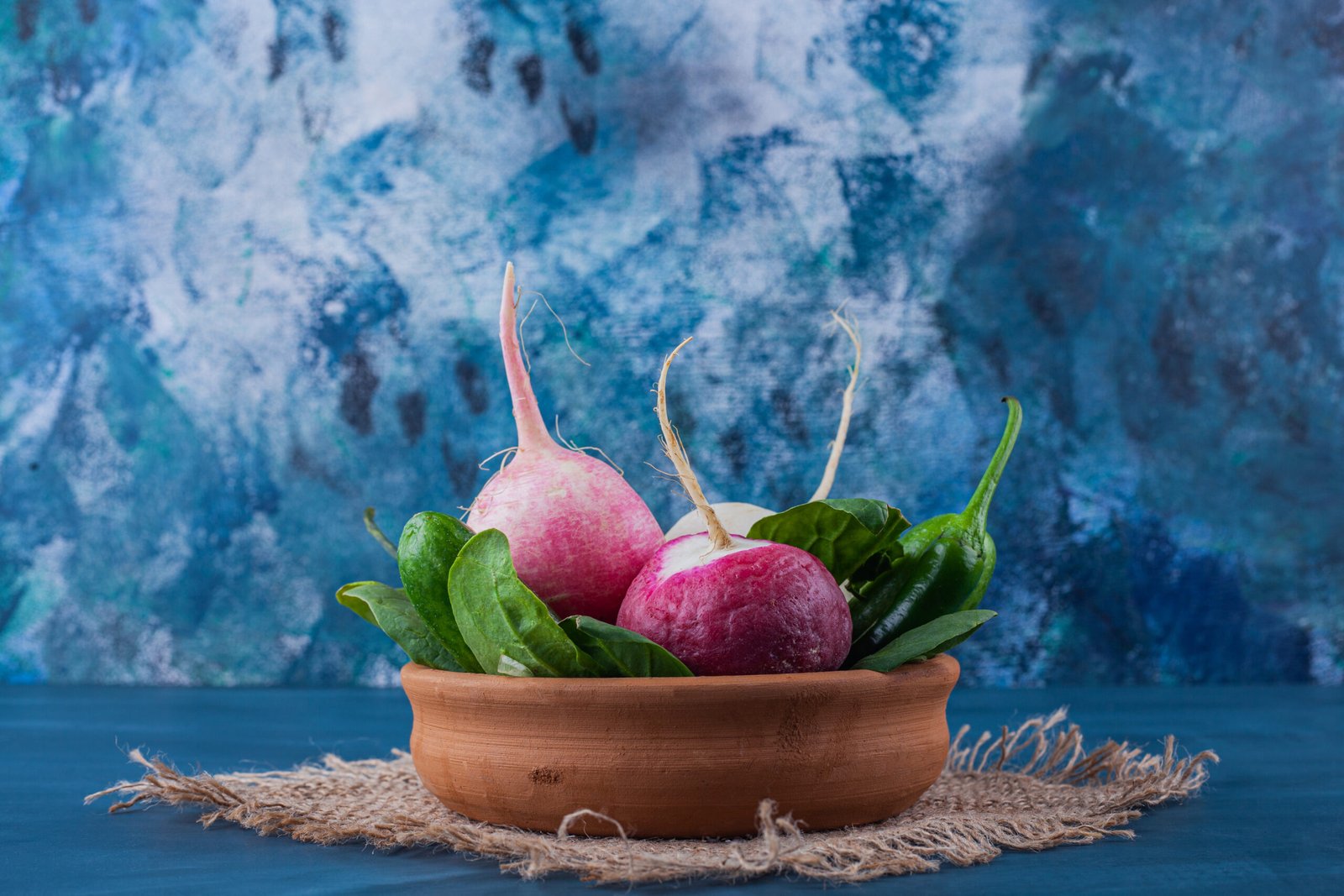Introduction:
Fried rice is a beloved dish enjoyed across cultures, from the bustling streets of Southeast Asia to home kitchens worldwide. Whether you’re craving a quick weekday meal or planning a feast, mastering fried rice ensures a delightful, versatile dish that caters to all taste preferences. In this guide, we present a comprehensive, step-by-step method to prepare the most flavorful fried rice that will leave your taste buds dancing.
How to Make Fried Rice
The recipe that follows will make making fried rice a snap. The steps are straightforward: heat your pan, stir in the oil and aromatics, and then, if used, add the raw proteins. When you add the rice and veggies, stir them firmly to produce that toasty, golden-brown color that indicates a lot of flavor.
Ingredients for Authentic Fried Rice
Achieving perfect fried rice starts with gathering fresh, high-quality ingredients. Here’s what you’ll need:
Essential Ingredients
Cooked Rice: 4 cups, preferably day-old, for the best texture.
Vegetable Oil: 2-3 tablespoons for frying.
Eggs: 2 large, lightly beaten.
Protein of Choice: One cup of meat, shrimp, tofu, or chicken.
Vegetables: 1 cup mixed (carrots, peas, bell peppers, or green beans).
Garlic: 3 cloves, finely minced.
Onions: 1 small, diced.

Seasonings
Soy Sauce: 3 tablespoons for a savory base.
Oyster Sauce: 1 tablespoon for depth.
Sesame Oil: 1 teaspoon for a nutty aroma.
Salt and Pepper: To taste.
Green Onions: 2 stalks, finely chopped, for garnish.
Step-by-Step Fried Rice Preparation
Prepare the Rice
For optimal results, use leftover rice that’s been refrigerated overnight. If you’re cooking fresh rice, spread it on a baking sheet and cool it to remove excess moisture. Each grain will fry evenly and without clumping if the rice is dry.
Prep Ingredients
Dice your vegetables and protein into bite-sized pieces. Have all ingredients ready before you start cooking, as fried rice requires quick transitions.
Heat the Wok
Use a large wok or a non-stick skillet for even heat distribution. Two teaspoons of vegetable oil should shimmer after being heated at medium-high heat.

Scramble the Eggs
Pour the beaten eggs into the hot wok. After 30 seconds of cooking, give them a gentle toss to make them scramble. After cooking, move to a dish and reserve.
Cook the Protein
Add another tablespoon of oil to the wok. Toss in your protein of choice and stir-fry until fully cooked. Remove and set aside.
Sauté Aromatics
Reduce the heat slightly. Stir the diced onions and minced garlic into the wok often until they are brown and aromatic.
Stir-Fry Vegetables
Increase the heat and toss in the diced vegetables. Allow them to soften while maintaining a tiny crunch by stirring them for two to three minutes.

Combine Ingredients
Add the rice, cooked protein, and scrambled eggs back to the pan. Mix thoroughly, breaking up any rice clumps for even frying.
Add Seasonings
Soy sauce, oyster sauce, and sesame oil must be added. Keep swirling until the rice is completely covered. Adjust salt and pepper to taste.
Garnish and Serve
Mix the rice one last time and sprinkle the chopped green onions on top. Serve hot and enjoy!
Tips for Perfect Fried Rice
Use Cold Rice
Cold, day-old rice separates easily and absorbs flavors better. If you don’t have leftovers, freshly cooked rice spread thinly and cooled quickly works too.

High Heat is Key
Cooking on high heat ensures that your ingredients sear quickly, locking in flavors without becoming soggy.
Customize to Your Taste
Experiment with various proteins, vegetables, and seasonings. Popular additions include pineapple chunks, kimchi, or chili oil for a spicy kick.
Avoid Overcrowding the Wok
If required, work in batches to guarantee uniform frying. Overcrowding leads to steaming rather than frying.
Common Variations of Rice
Chicken Fried Rice
A protein-packed option, featuring marinated chicken chunks stir-fried to perfection.
Shrimp Fried Rice
Perfect for seafood lovers, with tender shrimp adding a sweet, savory twist.
Vegetable Fried Rice
A vegetarian delight, loaded with colorful, nutrient-packed vegetables.
Kimchi Fried Rice
A bold and spicy variation with fermented Korean kimchi and gochujang paste.
Pineapple Fried Rice
A sweet and tangy take, blending juicy pineapple chunks with savory ingredients.

Health Benefits of Fried Rice
Rice can be a balanced meal depending on the ingredients used. Adding lean proteins and a variety of vegetables increases its nutritional value. Using less oil and opting for brown rice makes it a healthier option.

The ideal rice variety for rice
White long grain rice is used to make Chinese fried rice. However, any cooked, cooled rice may be used to make it, including brown rice, basmati, jasmine, short grain, and long grain.
Every Asian nation uses a distinct type of rice and has its own take on fried rice. Thai Rice, for instance, is made with jasmine rice. Japanese Rice, which can be found on my mother’s website Recipe Tin Japan, is made with short-grain white rice. Additionally, Indian rice dishes like biryani employ basmati rice.
All are tasty!

Disadvantages of fried rice:
High Calorie Content
Fried rice often contains added oil, butter, and high-calorie ingredients like soy sauce or processed meats, making it calorie-dense and less suitable for weight management.
High Sodium Levels
Soy sauce and other seasonings used in rice can make it high in sodium, which may lead to increased blood pressure and other health concerns for those sensitive to salt.
Low Nutritional Value
If rice is made with white rice and minimal vegetables, it may lack essential nutrients such as fiber, vitamins, and minerals.
High-Fat Content
Depending on the type and amount of oil used, rice can be high in unhealthy fats, especially if prepared with trans fats or reused oil.
Potential Presence of Preservatives
Some rice recipes use processed meats or prepackaged sauces that may contain preservatives, artificial flavors, or unhealthy additives.
Risk of Overcooking Nutrients
Stir-frying at high temperatures can destroy some of the nutrients in vegetables, reducing the overall healthiness of the dish.
Unhealthy Ingredients in Commercial Variants
Restaurant or store-bought rice often includes flavor enhancers like MSG, which may cause reactions in some individuals, such as headaches or bloating.
Risk of Foodborne Illness
If leftover rice is used improperly or stored for too long before frying, it can harbor harmful bacteria like Bacillus cereus, leading to food poisoning.
Frequently Question These Answers For Fried Rice
How does one make fried rice?
Both the rice and the seasoning are key components of superb rice that is fit for a restaurant.
Why does Chinese fried rice taste the way it does?
MSG reigns supreme when it comes to rice flavor.
How healthful is fried rice?
As part of a diverse and balanced diet, rice should be enjoyed in moderation as it is not a nutritionally balanced meal on its own.
In what ways can rice have drawbacks?
experiencing delayed digestion, heartburn, and bloating.









